Introduction to Les Paul Weight
As someone who has spent countless hours with a Gibson Les Paul draped over my shoulder, I can tell you firsthand that the weight of these iconic guitars is more than just a statistic; it’s a key element that shapes their distinctive sound and playability. Through years of trial and error and consulting with seasoned musicians and luthiers, I’ve unraveled what makes the weight of a Les Paul so impactful. From the vintage charm of the Norlin-era models to the sleek allure of custom lightweight versions, I’ve tried them all.
Understandably, questions about the ‘Les Paul weight’ often arise, especially when considering factors like tone, comfort, and style. In this article, I intend to share the nuanced insights and practical advice I’ve gathered over the years. Whether you’re a gigging musician navigating long performances or a collector seeking authenticity, the weight of a Les Paul is a fundamental consideration. Let’s dive in and explore why it matters.
Who Plays Les Pauls?
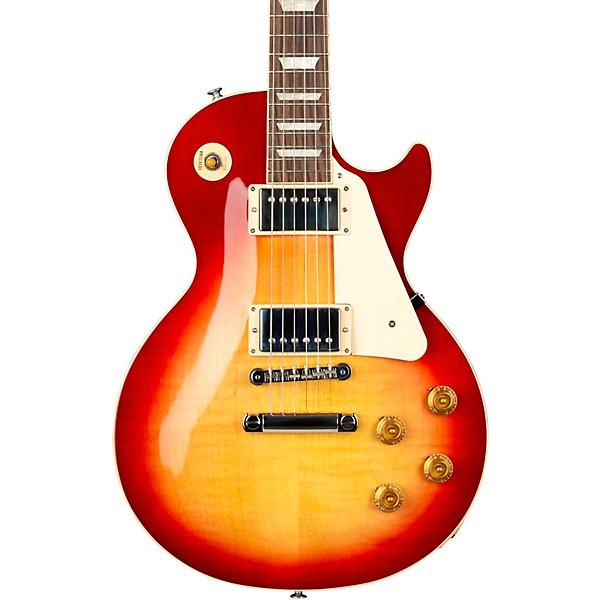
Ever wondered why so many iconic musicians have chosen the Les Paul as their guitar of choice? Having spent countless hours in my workshop, crafting and observing guitars as a luthier, I’ve seen an amazing diversity of musicians embrace the Les Paul. From rock legends to jazz aficionados, each artist finds something uniquely compelling in its robust tone and classic design.
I’ve learned that it’s not just about the weight or the way it hangs from your shoulder, but the whole spectrum of tonal possibilities that a Les Paul offers. Each player brings their style, and the guitar responds in ways that often surprise even the most seasoned musician. I recall a session where an experimental blues guitarist shunned lighter alternatives purely for the sustain that heavier Les Pauls afford, claiming it allowed notes to ‘sing’ in a way nothing else could.
The connection between a musician and their Les Paul is as much about personal identity as sound. It’s about selecting an instrument that complements your musical journey, embodying both the legacy of those who came before and the innovation of today’s sounds. My experience watching these stories unfold reaffirms why the Les Paul remains an enduring choice.
What is the Average Weight of a Les Paul?
Standard Les Paul Models
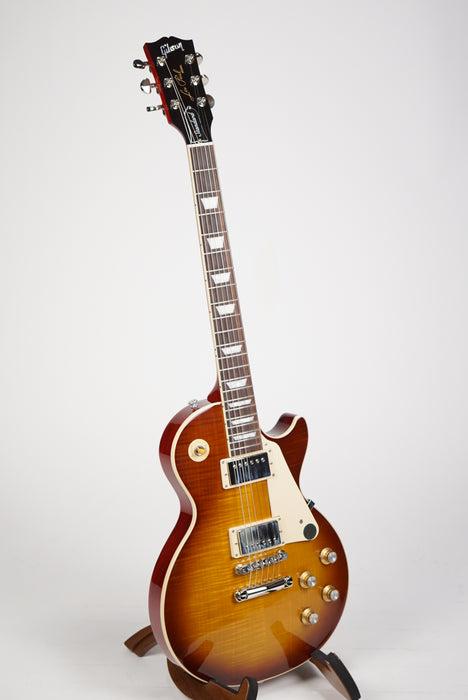
Did you know that different models of Les Pauls can vary significantly in weight, affecting their sound and feel? This insight has been invaluable throughout my years of playing. When examining standard Les Paul models, I’ve discovered their weight is pivotal to understanding their unique contribution to the dynamic soundscape they offer. In my experience, standard models hover around 9 to 12 pounds, a deliberate design choice by Gibson to strike a balance between robust tone and comfortable playability. These variations, often subtle, allow the Les Paul to cater to diverse musical genres, from blues to hard rock.
Understanding the weight of these standard models aids in appreciating why they continue to be a favorite among many musicians, including myself. The Gibson Les Paul weight is carefully calibrated to provide sustain and resonance that many guitarists seek. Whether you’re drawn to the heft of a traditional Les Paul or prefer a lighter touch, knowing how these weights influence performance can greatly inform your choice. This section builds on prior discussions about Les Paul’s average weight and sets the stage for a deeper dive into how these factors affect one’s relationship with the guitar in subsequent sections of the article.
Vintage and Norlin-era Les Pauls
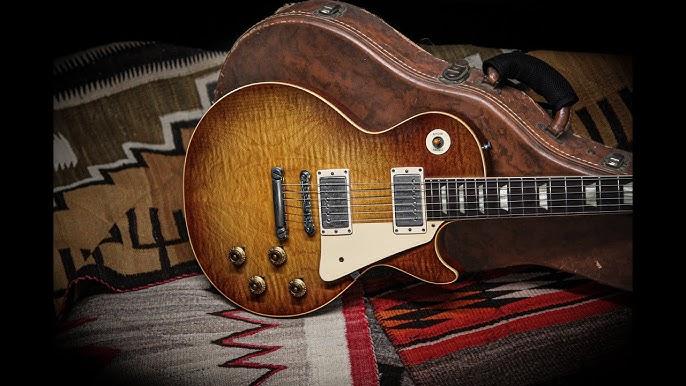
When discussing Les Paul weight, the historical context is indispensable. What makes vintage Les Pauls unique, and how does their weight reflect a pivotal era in guitar history? From my personal journey through collecting and playing these guitars, I’ve unearthed that the so-called ‘vintage Les Paul weight’ factor transcends mere physicality: it highlights a period where craftsmanship met evolving musical preferences. The Norlin era, stretching from the late 1960s into the 1980s, demonstrates this well. These guitars often weighed more, a result of corporate decisions and adjustments aimed at durability and cost efficiency.
However, it wasn’t just about heavier construction. During the Norlin era, many artists sought distinct sounds and solid builds to fit burgeoning rock and jazz movements. This period influenced my understanding that weight fluctuations were partly reflective of these changing tastes and instrumental needs. Recognizing these shifts made me appreciate how integral weight is in defining a guitar’s place in history.
Custom and Lightweight Les Pauls
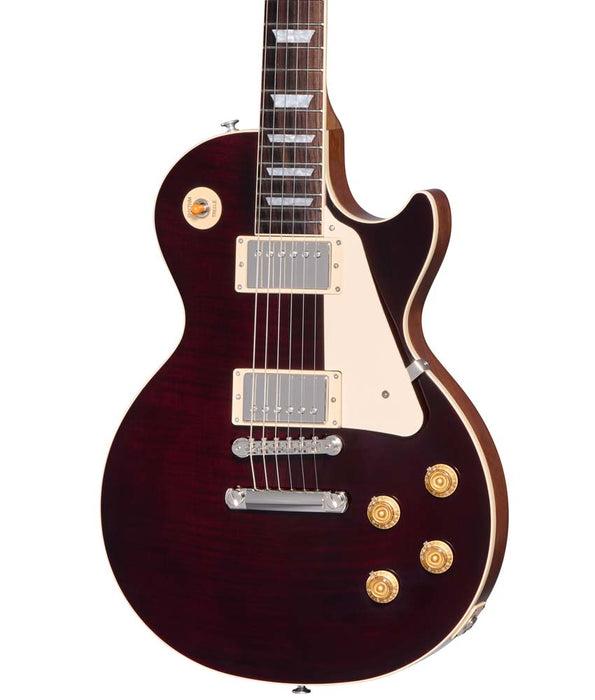
In exploring the nuances of Les Paul weight, I’ve delved into the fascinating realm of custom and lightweight Les Pauls. Could lightweight Les Pauls be the future of guitar design, blending traditional sound with modern comfort? Over the years, I’ve noticed a significant trend: players, like myself, who crave the classic Les Paul tones but without the bulk, turning to these innovative designs. The typical weight of a standard Les Paul often hovers around 9 to 12 pounds, which can be challenging over extended play periods.
However, the emergence of lightweight Les Pauls — some weighing as little as 7 pounds — offers a revolution in comfort without sacrificing the rich, full-bodied sound that enthusiasts cherish. Custom Les Paul weight adjustments cater to those, like me, who appreciate personalized specifications, allowing for a truly tailored playing experience. This shift towards lighter instruments not only enhances playability but also emboldens younger generations and veteran players alike to embrace the iconic Les Paul sound with renewed enthusiasm and ease. Through my journey of discovery, I’ve come to appreciate how this trend beautifully complements the broader evolution of the Les Paul legacy.
Why Does Weight Matter?
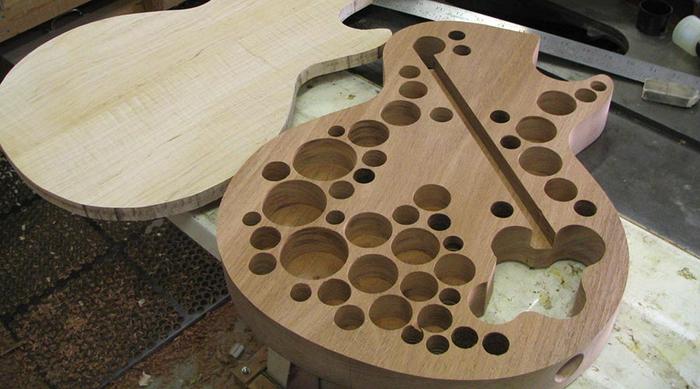
In my studies of acoustics, I’ve come to appreciate how weight contributes not only to a guitar’s resonance but to the player’s interaction with the instrument. Can the weight of a Les Paul actually alter its sound quality and your playing experience? This question has continually surfaced throughout my years of playing and analyzing these iconic guitars. The answer, based on my experiences and countless performances, is a resounding yes. The heft of a Les Paul is not just a random characteristic—it’s a fundamental aspect of its identity.
The Les Paul’s weight influences tonal richness and sustain. Heavier guitars tend to offer deeper resonance, producing fuller, more powerful sounds. This characteristic is something I’ve noticed each time I pick up a Les Paul. When the guitar feels substantial in my hands, it seems to echo with authority, its notes hanging in the air with a lingering presence. But it’s not just about sound; the weight impacts how you move, influencing your technique and comfort during long sessions or performances. You find yourself adjusting your posture, grappling with the balance between mastery of sound and physical endurance. Embracing the weight of a Les Paul can transform a static performance into a deeply engaging and dynamic musical journey.
When to Choose a Heavier or Lighter Les Paul
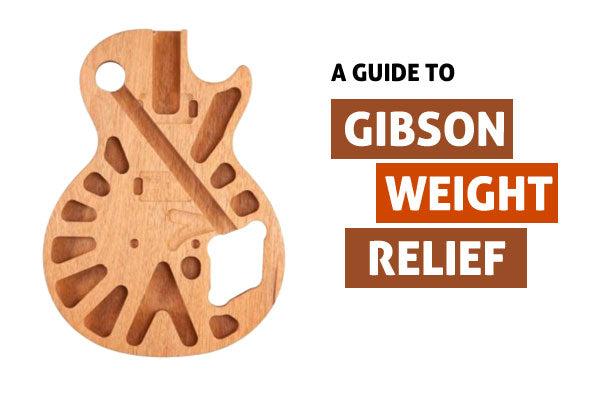
As I reflect on my years of playing and experiencing various Les Paul guitars, one question consistently surfaces: What factors should influence your decision when choosing the weight of a Les Paul?? The answer is a tapestry of personal style, genre preference, and the practicalities of performance.
When you’re delving into heavier genres, such as rock or metal, the weightier Les Pauls can offer a rich, sustained tone that feels almost visceral. The mass of a heavier Les Paul seemed to resonate with the depth needed for those robust soundscapes I often found myself immersed in. The substantial feel under my fingers and across my shoulders lent a certain authority on stage, projecting power even before the amp warmed up.
Yet, there were times I craved something lighter—when gigging was frequent, or the set list demanded more intricate movements along the fretboard. In those moments, a lighter Les Paul was a revelation. It provided me with greater agility and comfort, not just in playing but in how my body endured and interacted with the music over prolonged periods.
Ultimately, deciding between a heavier or lighter Les Paul goes beyond just the sound—it’s about the synergy between the instrument and the player. My choice shifted depending on the demands of the performance and my physical endurance on any given night. Each weight category had its own charm and utility, which I learned to appreciate over countless hours of playing.
Where to Find Les Pauls of Different Weights

Where can you find the perfect Les Paul that matches your weight preference? Over the years, I’ve gathered insights on ideal places to find guitars that suit specific weight preferences, ensuring players get exactly what they need. Whether you’re searching for the substantial heft of a vintage model or the feather-light feel of modern innovations, knowing where to look makes all the difference.
I’ve frequented specialized guitar shops where knowledgeable staff can guide you through their diverse inventory. These shops often carry a range of Les Pauls, from the Norlin-era giants to custom lightweight models. For those who prefer hunting from the comfort of their home, reputable online platforms like Reverb and Sweetwater provide a vast selection with detailed descriptions, including weights.
Don’t overlook guitar expos or trade shows—a goldmine of opportunities to try various Les Pauls firsthand. In my experience, these events offer a chance to connect with other enthusiasts and make informed choices. Whether you’re a seasoned player or just starting, aligning your preferences with the right resources opens doors to finding a Les Paul that’s perfect for you.
Conclusion
Have you considered how the weight of a Les Paul can influence your playing journey? Reflecting on my years with this legendary instrument, I’m convinced that its weight isn’t just a technical specification—it’s a defining trait of the Les Paul identity. From exploring the average weight of a Les Paul to delving into the intricacies of vintage and Norlin-era models, each variation brings its own musical flair.
Understanding who gravitates towards these instruments and why they make their choices has deepened my appreciation for this guitar’s unique character. Whether it’s the command of a heavier Les Paul on stage or the unexpected comfort of a custom lightweight model, the influence of weight on playability and tone is undeniable.
In choosing my next Les Paul, weight will remain a pivotal factor. If you haven’t yet, explore the vast insights in the Les Paul FAQs to guide your own journey. The right Les Paul can redefine how you connect with your music. My story aligns closely with these discoveries, solidifying weight as a core part of this iconic guitar’s appeal.
FAQs About Les Paul Weight
What common questions do players have about Les Paul weight – and what are the surprising answers?
After years of playing and exploring various models, I’ve learned that understanding the weight of a Les Paul involves more than just numbers. Among the common Les Paul FAQs, players often wonder, “Why does weight matter?” My experiences have taught me that the balance between tone and comfort is essential. Heavier instruments, like the Norlin-era Les Pauls, deliver a distinct sound that many cherish, yet a lighter model might offer unparalleled comfort for long gigs. Talking with fellow musicians, I discovered that each person’s ideal weight depends on their playing style and physical endurance. Ultimately, addressing these common FAQs about Les Pauls allows me to share insights and demystify the choices musicians face. By considering both historical context and personal need, we make informed decisions that enhance our music journey. In this quest, understanding your ideal Les Paul weight becomes a crucial part of personalizing your sound and enriching your playing experience.

R.M. Mottola, an engineer-turned-luthier, revolutionizes stringed instrument design with his deep focus on acoustics and ergonomics since 1994. As editor of the Savart Journal and a key contributor to American Lutherie, Mottola merges science with artistry in lutherie. He enriches the field with his extensive knowledge, shared through his Liutaio Mottola website, making him a beacon in the world of modern instrument craftsmanship.
